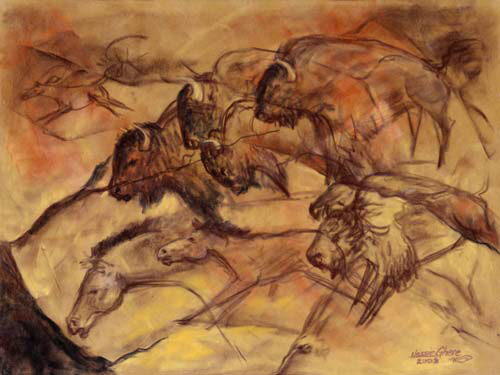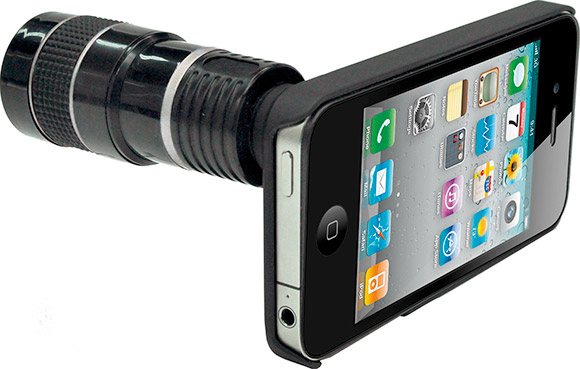Lesson 3 – IMAGE = EMOTION
“…actually, I quite enjoy giving lectures - and public speaking in general. I'm a shameless show off.” – Rod Chester.
What you see is often more important than what you read, news, war, poverty – through written information we can understand the logistics and statistics that comprise it all, but it’s only when we actually SEE something that it becomes real.
For example, which of these two forms of communication about the bombing of Saigon during the Vietnam War provoke more emotion and/or make the situation seem more real?
“On June 8, 1972, South Vietnamese planes dropped a napalm bomb on Trang Bang, which had been attacked and occupied by North Vietnamese forces. Badly injured, Kim Phuc joined a group of civilians and South Vietnamese soldiers who were fleeing from the Cao Dai Temple to safety…”
Or…
The above is a perfect example of how one image can sum up an entire event and how one image alone can have to power to change the world.
In this lecture we discussed how images have been used to tell stories since the beginning of man-kind and the way in which visual representations of events have changed over time…
Cave Drawings….
Newspapers Illustrated with Line Drawings in the 1860’s….
Photography Begins for Journalism in the 1870’s…
The first colourful characters appear around 1936…
And humble camera continues to develop at a record pace…
Technology is changing the face of journalism as we know it, with gadgets like the I-phone continuing to develop, desired sound, images and video is becoming increasingly easier to capture. However, with technology come the other possibilities in photo-journalism. Digital manipulation has become so widely used, particularly in the entertainment industry, that people simply don’t take pictures at face value anymore and you can no longer trust authenticity of the once humble photograph.
Here are a few examples which caught my attention during the lecture of recent photo-shopped images – see if you can spot the (oh so subtle) tweaking that’s been done here…
Now these images have been altered to suit the target audience (female in the first case, male in the latter). Which, let’s face it - in the fantasy world of Hollywood/The Entertainment Industry - is something that is never going to change. Photo-shopping does become more controversial however when it is used in a socio-political context. Rather than me trying to explain, it would be much easier to continue with our visual theme and let you see for yourself:
For example - look closely now…
One company to have made proverbial lemonade out of the rising tensions created by the media’s increasingly obvious use of digital manipulation is beauty giants, ‘Dove’. Now, chances are that you have seen “Evolution”, their famous ad which was part of Dove’s “Campaign for Real Beauty.” The television ad won the Cannes Grand Prix (the highest accolade any advertisement can receive) and, although brilliant advertising, poses many ethical questions, the ad was analysed on popular ABC television program, “The Gruen Transfer.”
See the full Dove Evolution clip here:
Aside from photo-shop, we also discussed the power of raw images in which the content and the context make a good photo great.
ELEMENTS OF A GREAT PHOTO:
· Framing
· Focus
· Angle and Point of View (POV)
· Exposure (or Light)
· Timing (Shutter speed)
· Capturing “The Moment”
One journalist who combined all of these elements is News Photo of the Year 2009 winner, Marissa Calligeros. The photo was captured in 2008 at the funeral of Jonathan Thurston’s uncle who died after being attacked at a local park in Brisbane.
The photo (below) is another perfect example of how simply being in the right place at the right time can create an extremely powerful image.
“A picture has no meaning if it can’t tell a story” – Eetu Silanpaa
Photo of the Year 2009 – Black Saturday
National Geographic - Photo of the Year 2010 – Afghanistan Woman
National Geographic 1985 Cover – Afghan Mona Lisa
World Cup Semi-Final – Cape Town (or as I like to call it, “…Ouch…”)
On the practical side of things:
Things to remember when trying to create a great photograph…
· The Rule of Thirds (Golden Mean/Ratio)*
· Look for Irony! Example: Margaret Bourke White – The Louisville Flood”
· Capture EVERYTHING! (That’s what editing is for)
· Think about the SOUND dimension and capturing the SCENE (moving pictures)
IN CONCLUSION, to some up what we’ve learnt about telling factual stories this week – a picture really can be worth 1000 words, and if done right, a photo is often the most vital element in creating a worthwhile piece of news. You gotta have pictures!
“Photography to me is catching a moment which is passing, and which is true.” – Jacques Henri-Lartique.
* The Rule of Thirds (Golden Mean/Ratio) - The theory is that if you place points of interest in the intersections or along the lines that your photo becomes more balanced and will enable a viewer of the image to interact with it more naturally.















No comments:
Post a Comment